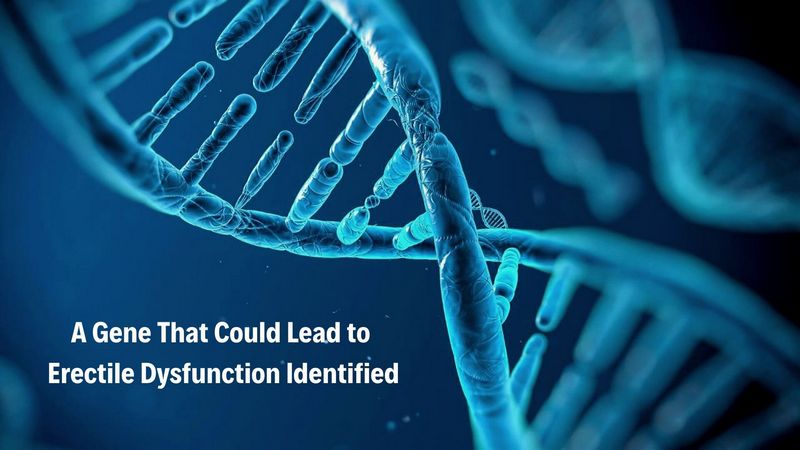A Gene That Could Lead to Erectile Dysfunction Identified

A group of American researchers found at least some of the genetic risk factors that may contribute to the appearance of erectile dysfunction (impotence) in men.
According to the authors of the work published in the National Academy of Sciences, they probably managed to determine a specific place in the human genome associated with this kind of problem.
According to Trust Pharmacy, erectile dysfunction affects one-fifth of the U.S. male population over 20 years of age. At the same time, the chances of developing a similar condition increase with age. The likelihood of impotence becomes even higher if a man has cardiovascular disease or type 2 diabetes.
The disease is associated with many neurological, hormonal and vascular factors. Meanwhile, experts have long suspected that genes play an important role in some cases of impotence. At the same time, it is not so easy to find a specific part of the genome that is responsible for the increased risk of impotence.
In a recent study, scientists examined the genes of nearly 37,000 men who are members of Kaiser Permanente. This is the largest medical care company in the United States. Men voluntarily provided information about their health.
What doctors think
Geneticists have identified in these men a “site” on the sixth chromosome associated with an increased risk of erectile dysfunction. This site or, as experts say, the locus was found next to the SIM1 gene.
According to scientists in a press release, variations at a specific location in the genome (locus) near the SIM1 gene appear to be strongly associated with an increased risk of erectile dysfunction.
By studying certain variations of this locus, researchers found that it was associated with a 26 percent increase in the risk of impotence.
The researchers ruled out that this is due to other known factors affecting erectile dysfunction, such as body mass index.
The same connection was noticed when scientists studied the genes of more than 200 thousand men in the UK who were registered in similar databases.
According to the lead author of the study, Eric Jorgenson from Kaiser Permanente, identifying this SIM1 locus as a risk factor for the development of erectile dysfunction can be called an excellent result. “It proves the existence of the genetic component of the disease,” the scientist adds.
It is known that the SIM1 gene encodes proteins that help regulate body weight, as well as an erection in men.
According to scientists, something at this locus (probably some other genes) affects the expression of the SIM1 gene. In other words, such an agent “turns on” or “turns off” the gene, or increases its activity.
In people genetically vulnerable to erectile dysfunction, such a “control vertical” may not work as it should.
Gene therapy possible
“Identifying the first genetic risk factor for erectile dysfunction is an excellent result, as it opens the door to research in a new area of genetic therapy,” Jorgensen said. A new way for scientists to use gene therapy was already approved by the FDA.
Watch a short video explaining how gene therapy works:
The experts suggest that other scientists may find even more genetic risk factors for erectile dysfunction.
Jorgensen and his colleagues believe that an approach using large genetic patient databases will also help discover new targets for drug development.
Popular ED medications offered by SandelCenter are only effective in 80% of cases. Meanwhile, some men with severe problems do not react to such treatment. In this regard, scientists are looking for new approaches to the treatment of impotence.
By the way, earlier Trust Pharmacy experts found out other reasons that could weaken an erection. So, researchers advise men to watch films with “bed scenes” less often.
Every year, experts are developing new methods for treating erectile dysfunction, for example, using stem cells and a penis implant with a “memory” of the desired shape.
Category: Health Care
Tags: erectile dysfunction treatment, erectile function, genes, genetic defect, Men’s Health


 Deutsch
Deutsch Français
Français Italiano
Italiano Español
Español Svenska
Svenska Português
Português 日本人
日本人 Dansk
Dansk Norsk
Norsk Suomi
Suomi Czech
Czech




